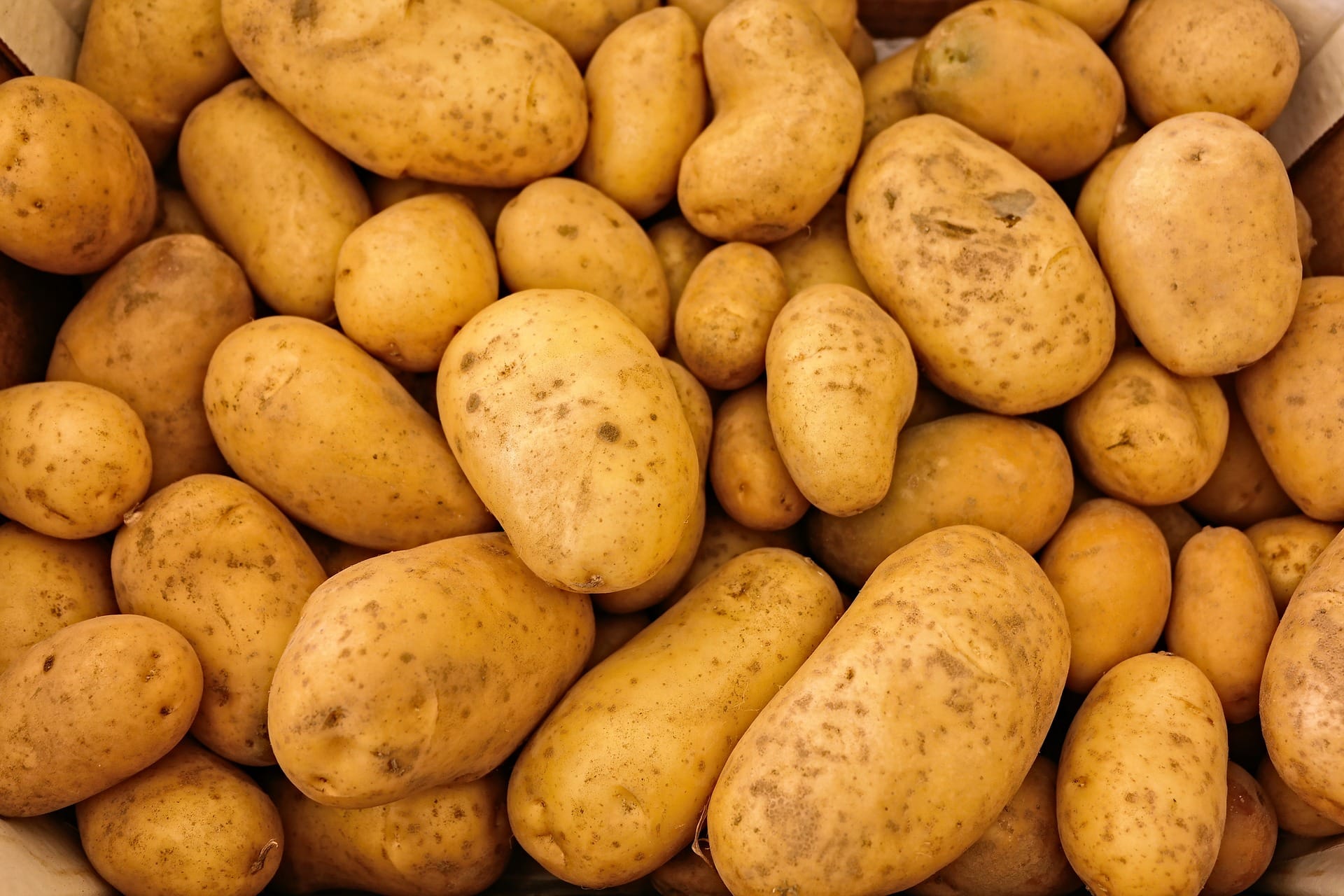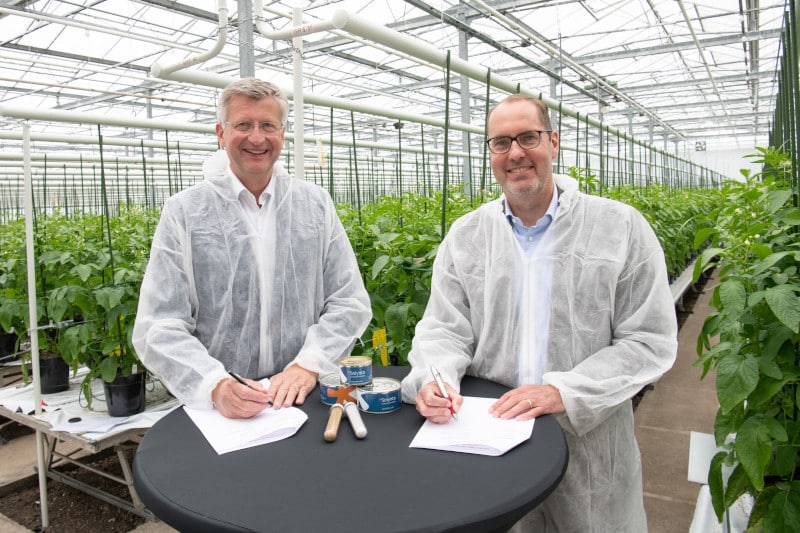The potato is becoming more and more integral to diets worldwide including even Asian countries like China where rice is the traditional staple food. Building on this work, we can now implement genome-assisted breeding of new potato varieties that will be more productive and also resistant to climate change — this could have a huge impact on delivering food security in the decades to come, says Korbinian Schneeberger about the potential unlocked by his study.
Shopping for potatoes on a market today, it is well possible that the buyer will be going home with a variety that was already available more than 100 years ago. This is testament to the enduring popularity of traditional potato varieties. However, it also highlights the lack of genetic variety of prevailing potato varieties. This can have stark consequences, most dramatically during the Irish famine of the 1840s, where for several years nearly the entire potato crop rotted in the ground, and millions of people in Europe suffered from starvation simply because the single variety that was grown was not resistant to newly emerging tuber blight. During the Green Revolution of the 1950s and 1960s, scientists and plant breeders succeeded in achieving large increases in the yields of many of our major crop staples like rice or wheat. However, the potato has seen no comparable boost, and efforts to breed new varieties with higher yields have remained largely unsuccessful to the current day.
The reason for this is simple but has proven difficult to tackle, instead of inheriting one copy of every chromosome from both the father and from the mother (as in humans) potatoes inherit two copies of each chromosome from each parent, making them a species with four copies of each chromosome (tetraploid). Four copies of each chromosome also mean four copies of each gene, and this makes it highly challenging and time-consuming to generate new varieties that harbor a desired combination of individual properties; what’s more, multiple copies of each chromosome also make the reconstruction of the potato genome a far greater technical challenge than was the case for the human genome.
Researchers in the group of Korbinian Schneeberger have overcome this longstanding hurdle and were able to generate the first full assembly of a potato genome using a simple yet elegant trick. Instead of trying to differentiate the four, often very similar, chromosome copies from each other, Korbinian Schneeberger together with Hequan Sun and co-workers circumvented this problem by sequencing the DNA of large numbers of individual pollen cells. In contrast to all other cells, each pollen cell contains only two random copies of each chromosome; this allowed the scientists to reduce the complexity of the problem and finally to reconstruct the sequence of the entire genome.
An overview of the complete DNA sequence of cultivated potato has the potential of greatly facilitating breeding and has been an ambition of scientists and plant breeders alike for many years already. With this information in hand, scientists can now more easily identify gene variants responsible for desirable or undesirable traits, a first step towards incorporating or excluding them during breeding.
Source: Max Planck Institute for Plant Breeding Research











